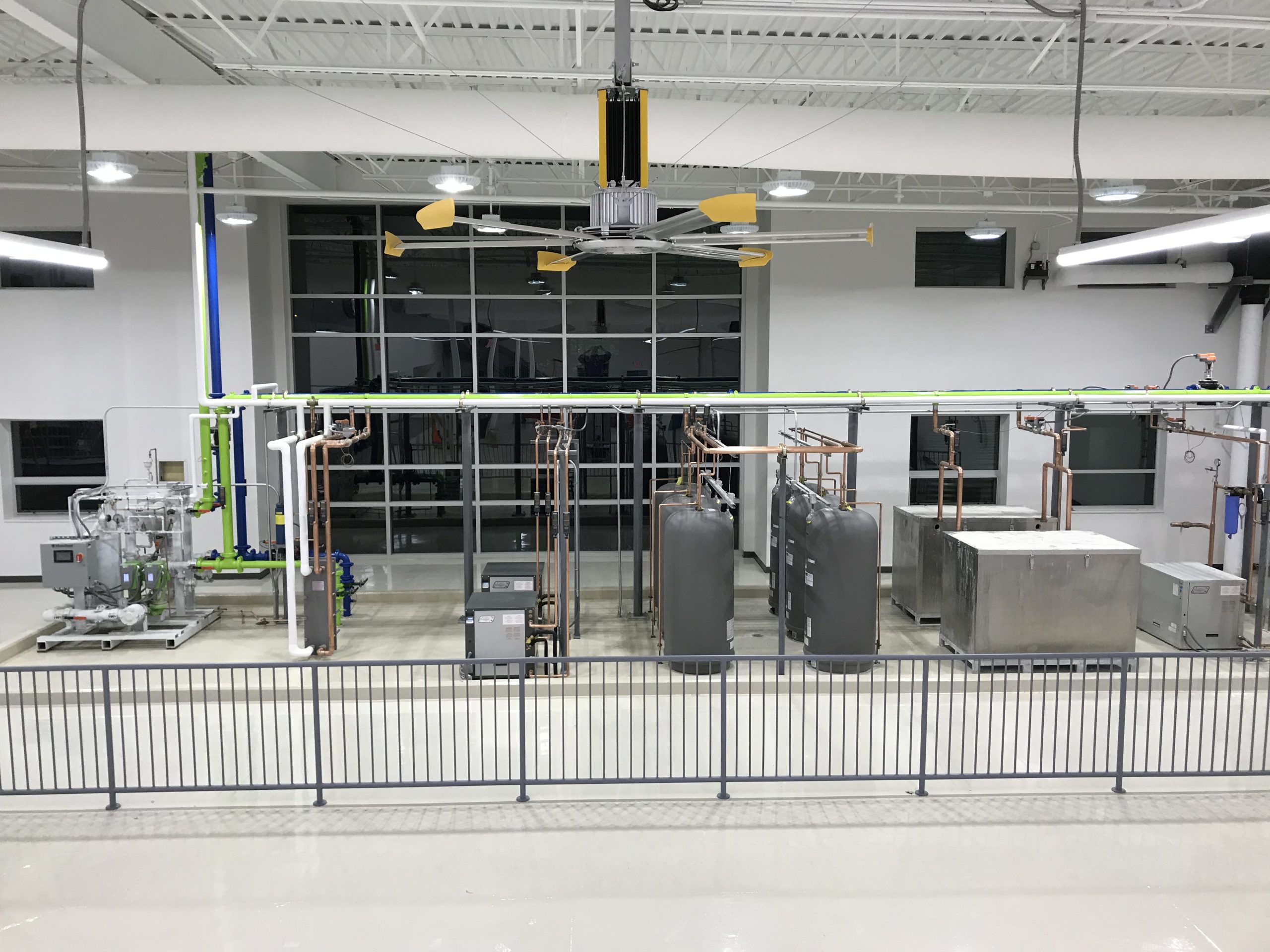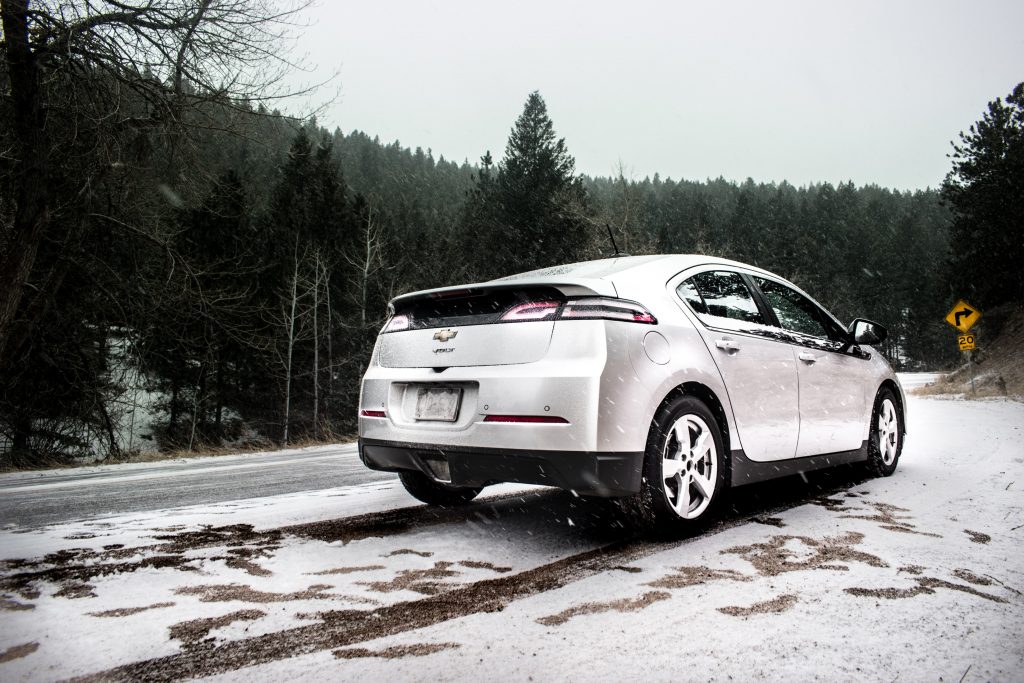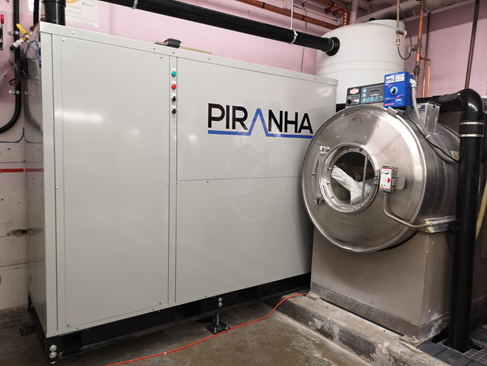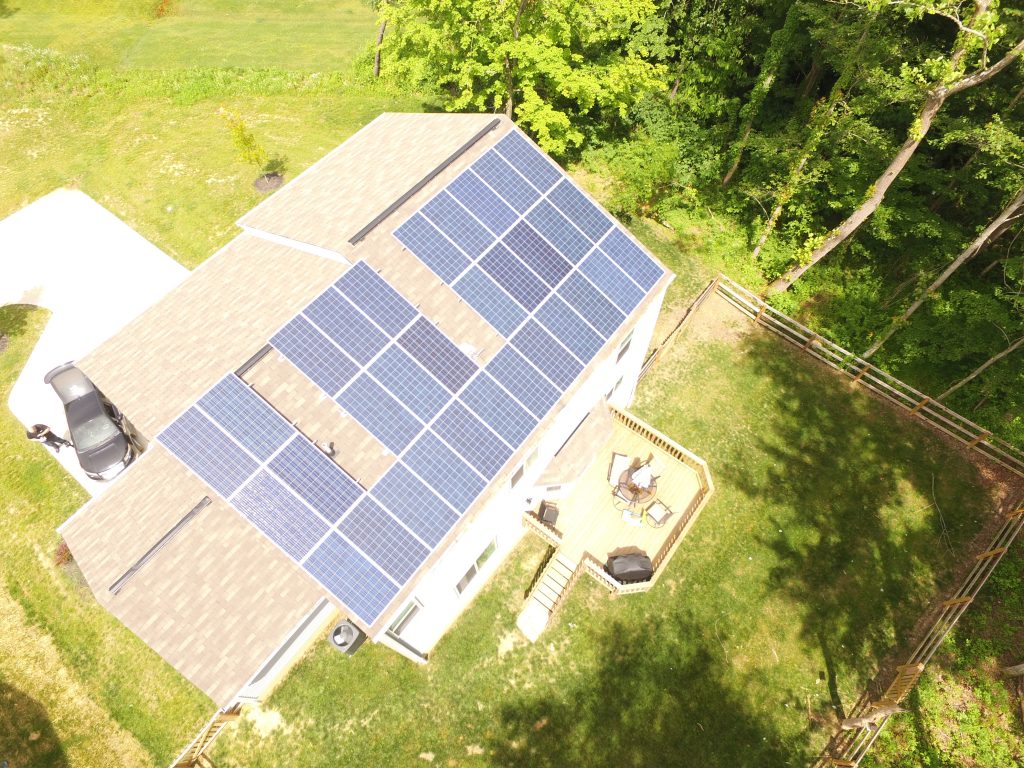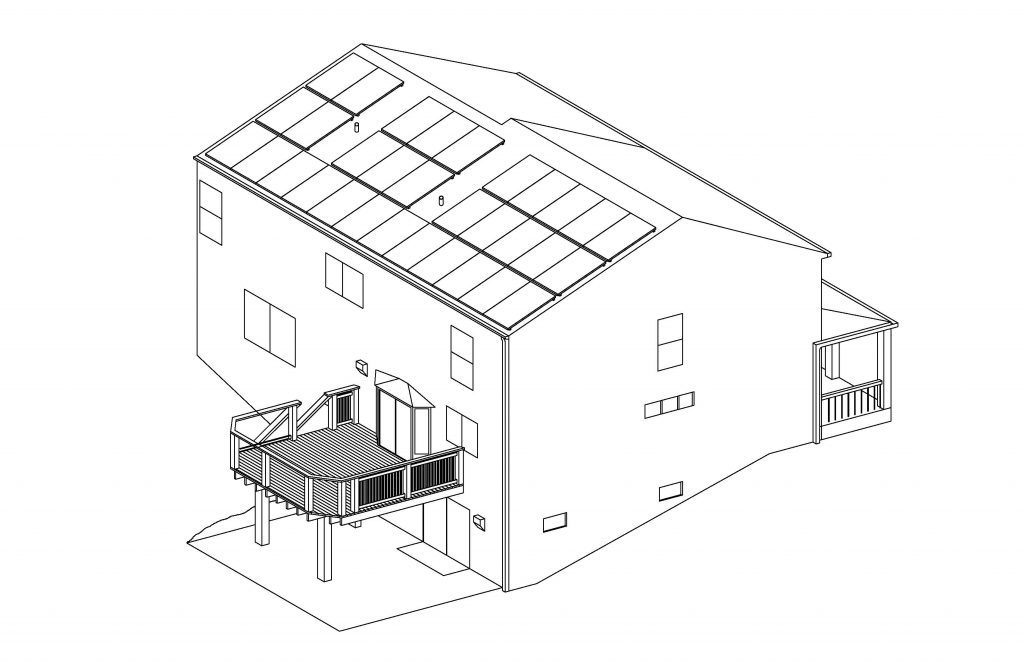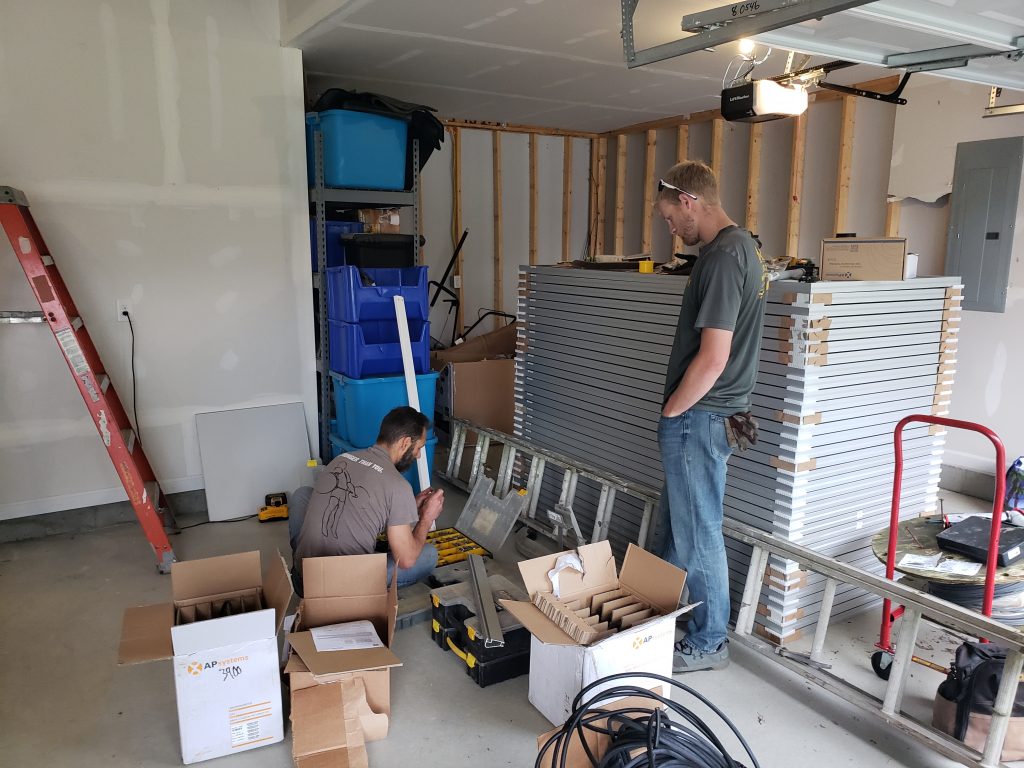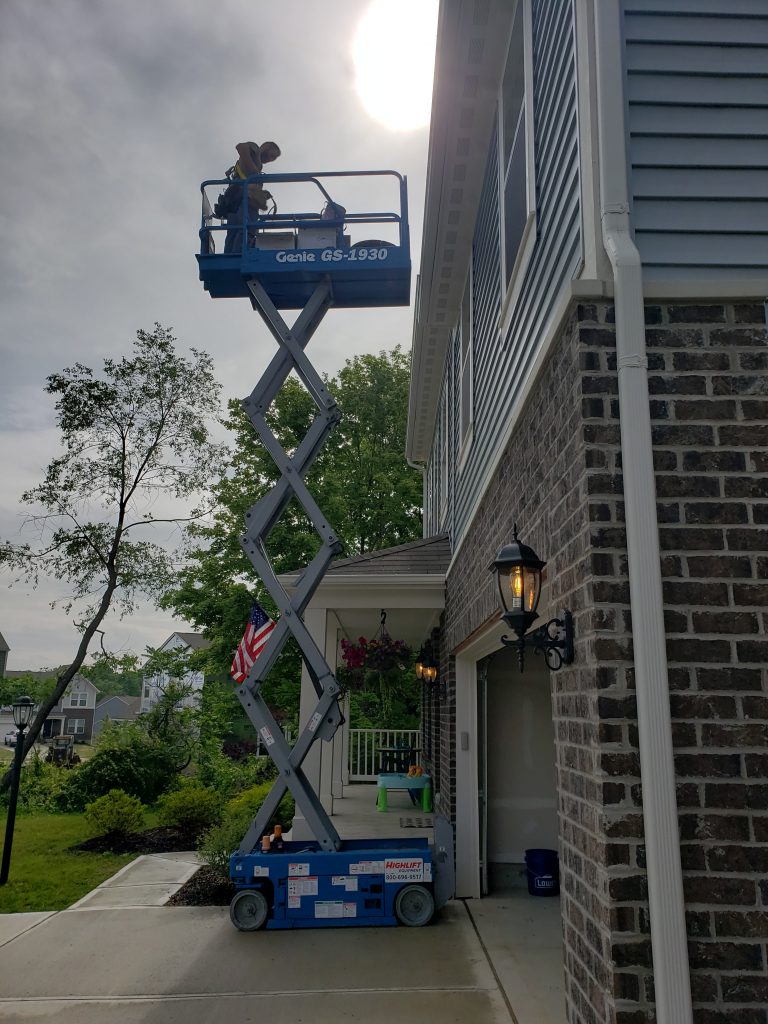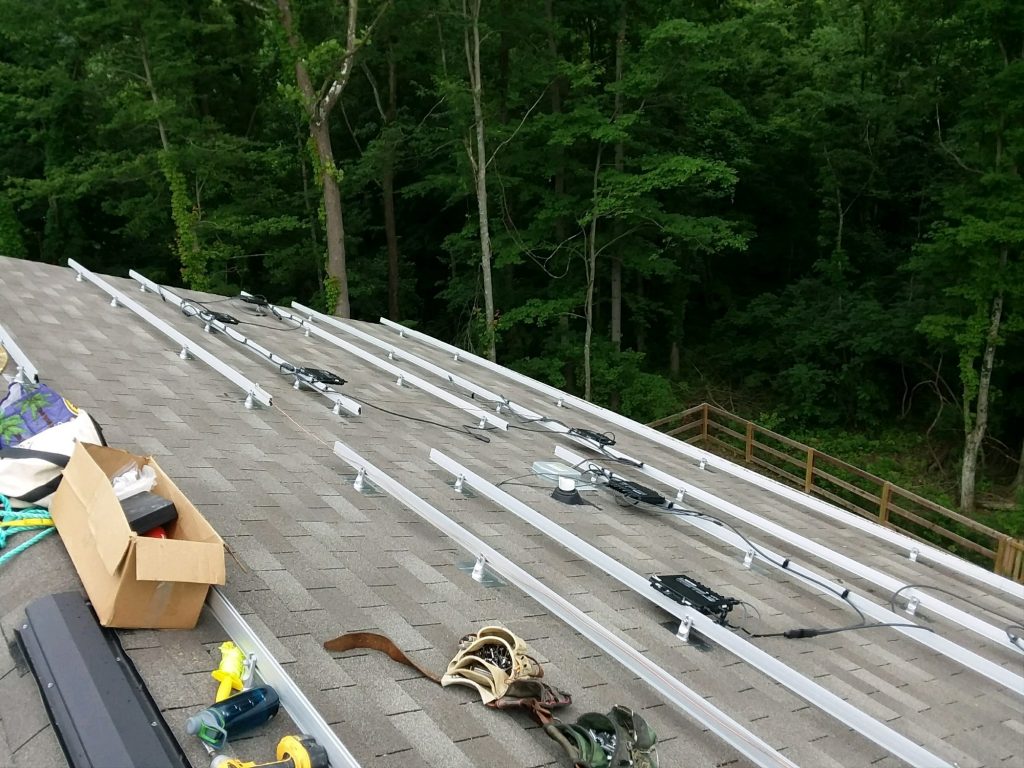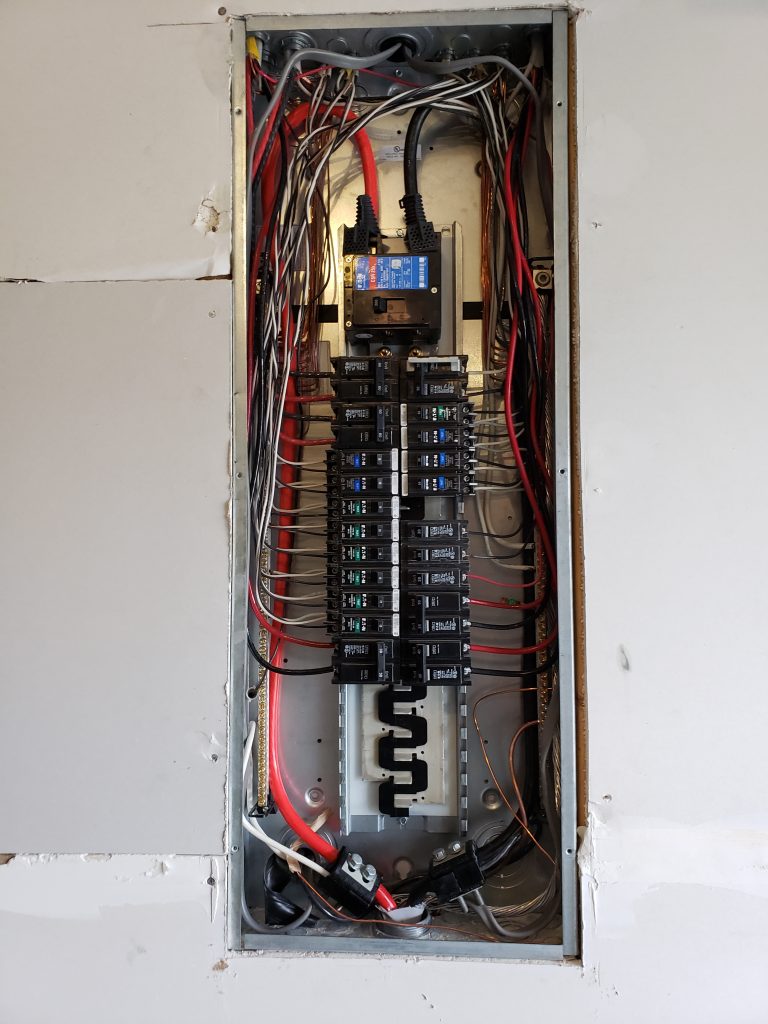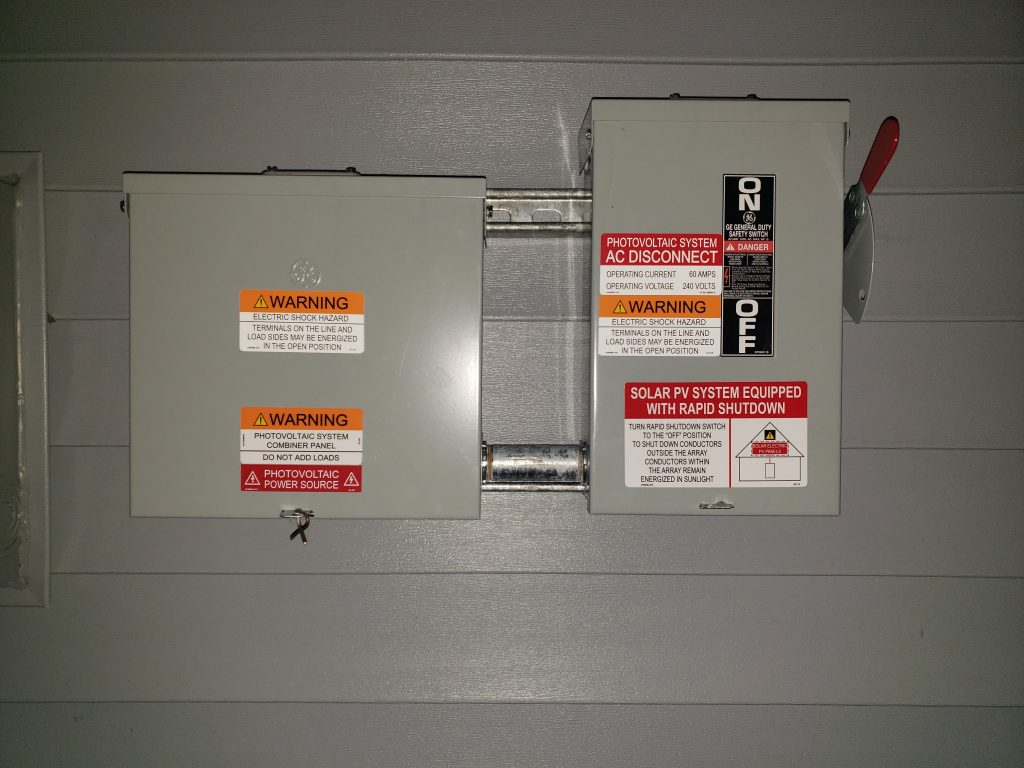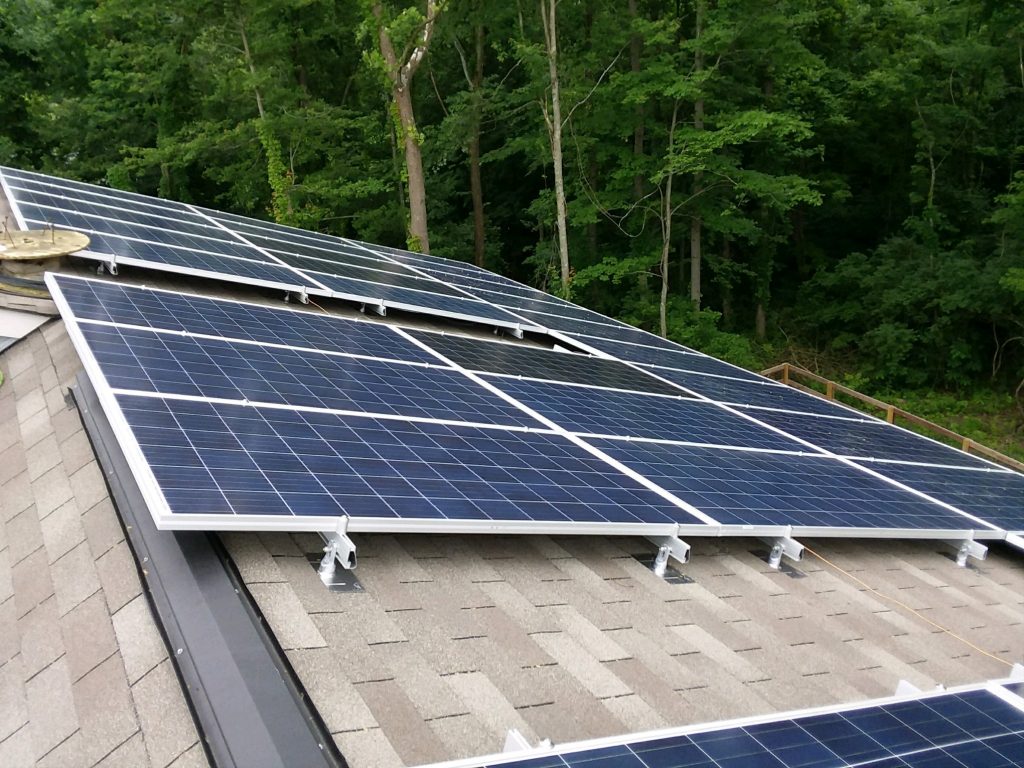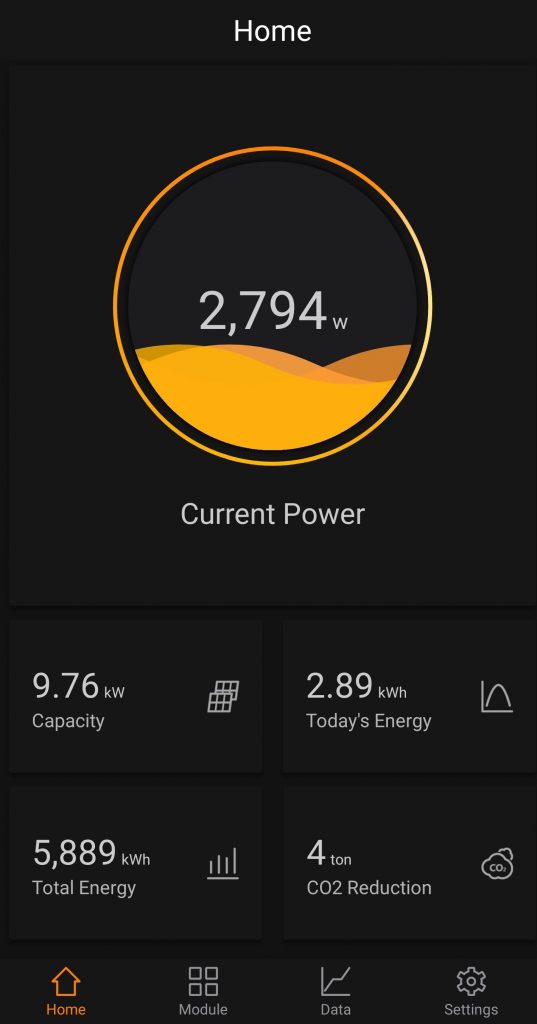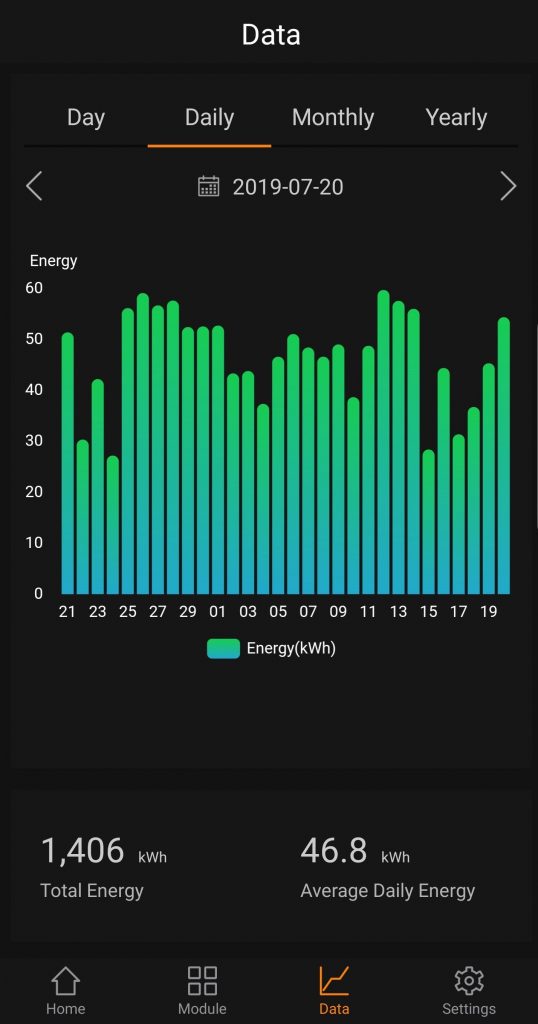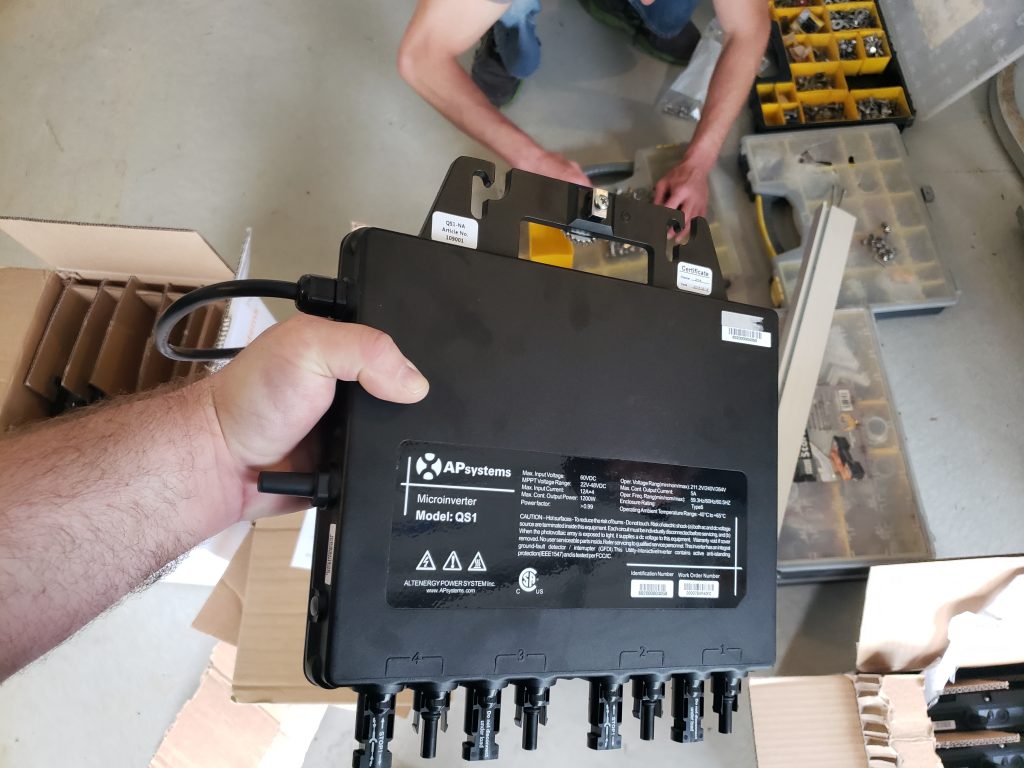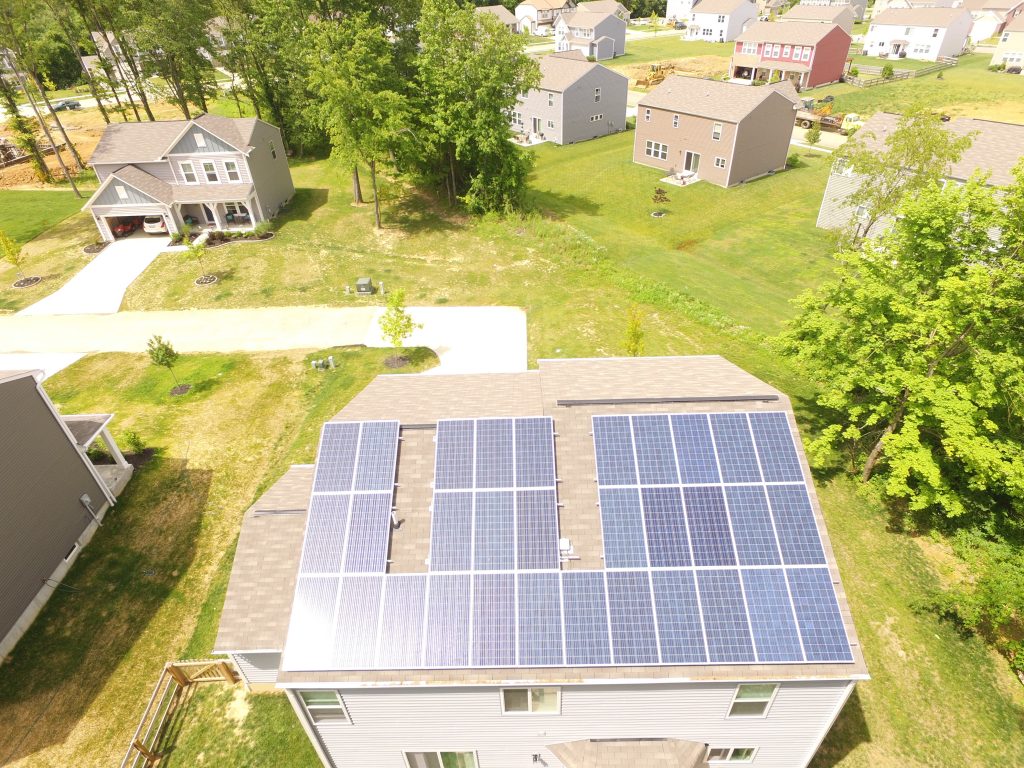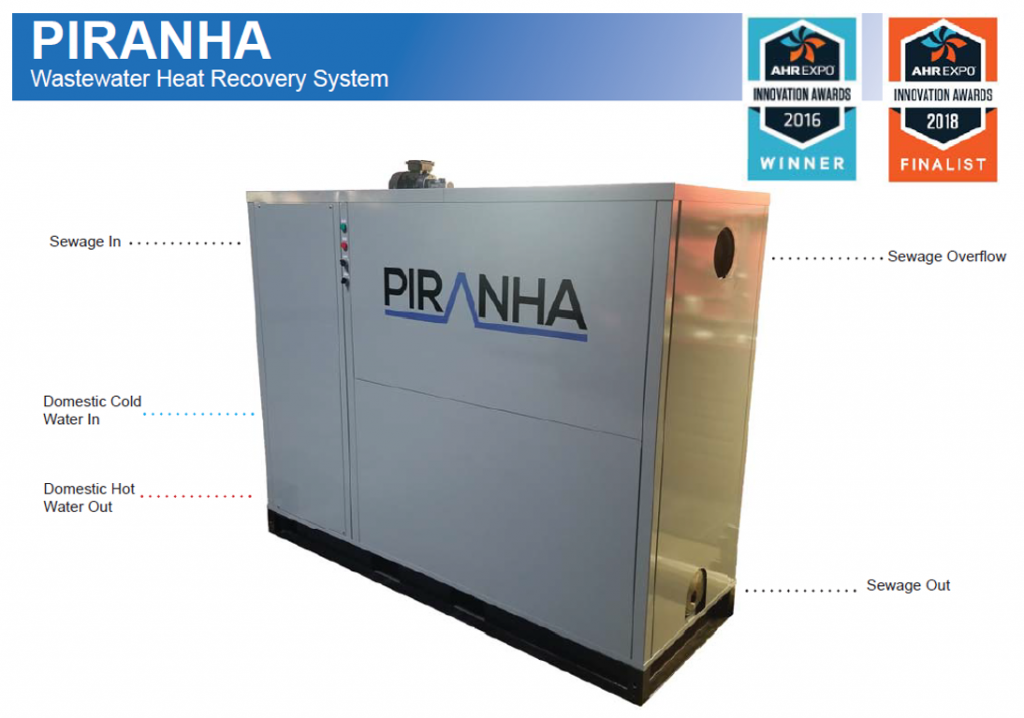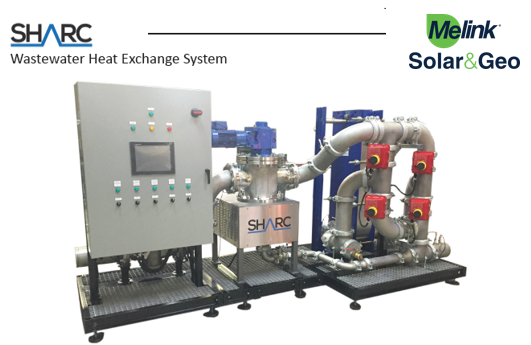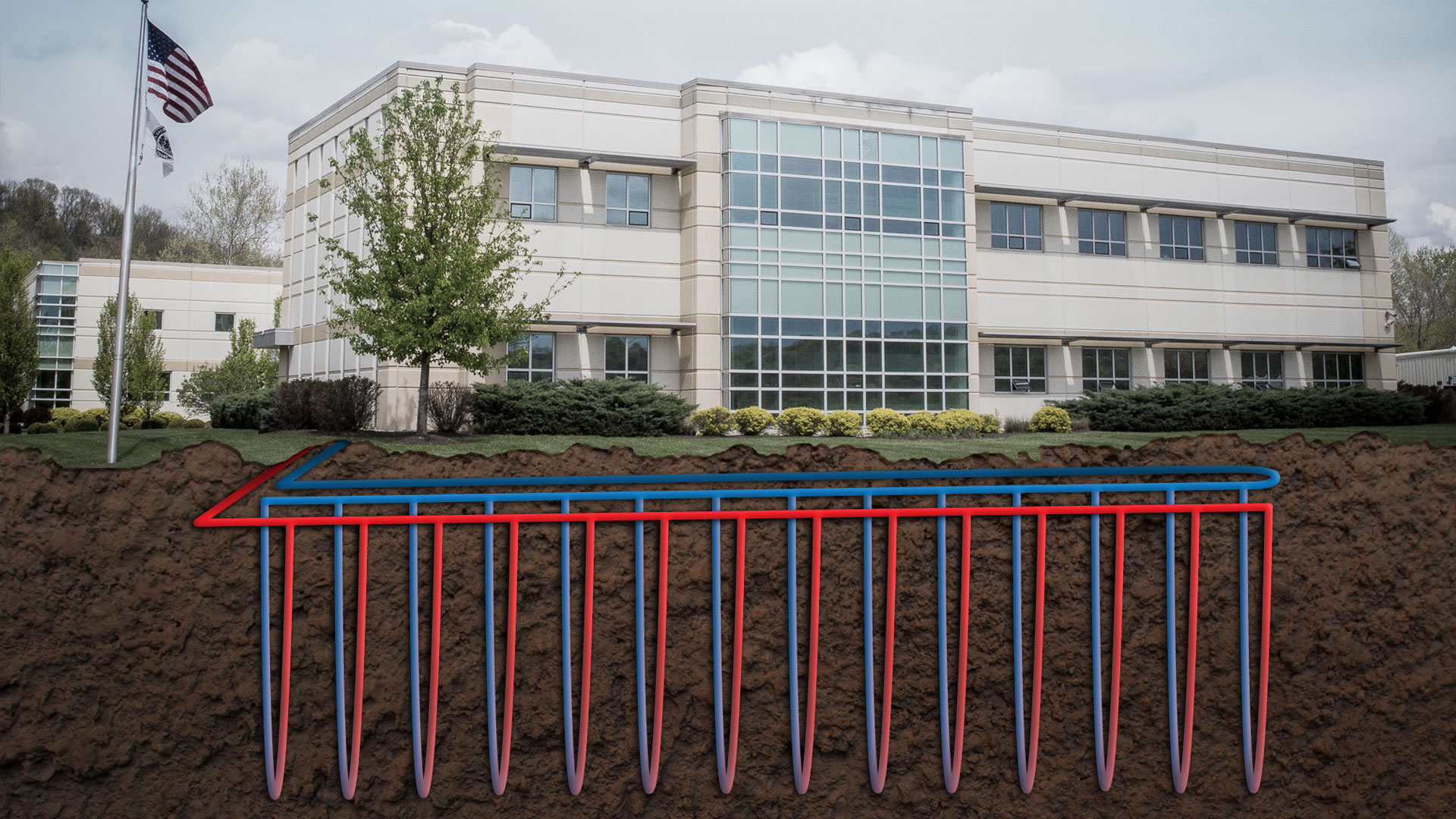FOR IMMEDIATE RELEASE
Why it Matters
Cincinnati, Ohio — Melink Solar & Geo, Inc., a solar PV and geothermal engineering company, has been awarded grant funding by the United States Department of Energy’s (DOE). The Office of Energy Efficiency and Renewable Energy (EERE) specifically provided the grant funding. The funding enables Melink to accelerate the research and development of its next-generation Hybrid Geothermal HVAC System. This system stores energy using thermal batteries. It can potentially reduce installation costs of geothermal heat pump systems. In effect, providing significant energy saving opportunities for the U.S. with widespread implementation. The system’s prototype currently heats and cools Melink’s new Net-Zero Energy HQ2 facility in Milford, Ohio.

“Our company is developing a Hybrid Geothermal HVAC System to minimize the need for expensive ground loops. Instead, we are mimicking the thermal energy storage capacity of the water inside such ground loops with phase change materials (PCM),” said Steve Melink, founder and CEO. “Melink is piloting the first prototype at our Net-Zero Energy headquarters, and we are now developing next-generation prototypes for eventual commercialization. With our third U.S. Department of Energy grant, we are committed to mainstreaming this technology for the benefit of the entire HVAC industry.”
Hard Work Pays Off
The funding is part of an ongoing innovation project with the DOE. The project encourages small businesses to advance innovation at federal agencies. Melink received the recent funding as a result of its Hybrid Geothermal HVAC System. This system demonstrated technical feasibility during the first phase of research. Melink Solar & Geo’s skill team worked collaboratively with the University of Dayton, Oak Ridge National Laboratory, and industry partners. Together, we designed a more cost-effective and energy efficient HVAC system.
“Funding from the DOE is the result of a multi-year effort. A group of intelligent and highly dedicated people have proven that the system has merit. I’m excited to say that the Hybrid Geothermal HVAC System is just one part of our growing platform of Net-Zero products,” said Seth Parker, vice president and general manager of Melink Solar & Geo.
The two-year funding will be used to finalize engineering and early commercialization of the Hybrid Geothermal HVAC System. For more information about the system or Melink Solar & Geo, please visit https://www.melinksolar.com/geothermal or contact geo@www.melinksolar.com.
About Melink Solar & Geo
Melink Solar & Geo is a national provider of renewable energy and efficiency solutions for commercial buildings. We provide consulting services and turnkey management of solar and geothermal projects. These services help businesses of all sizes reduce energy consumption and produce clean and sustainable energy for their facilities. The company recently opened a Zero-Energy building on its campus, featuring new thermal storage technologies being tested. This will help further mainstream geothermal HVAC for commercial use. Melink Solar & Geo is affiliated with Melink Corporation, which provides energy efficiency solutions for commercial buildings.
